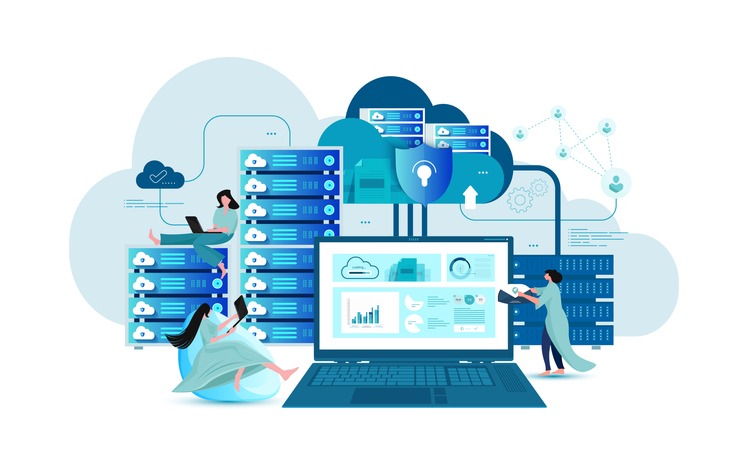The EU’s revision of medical device legislation was long overdue … but what is the EU MDR impact?
Medical device manufacturers who are not up to speed with the latest European Union compliance requirements could find themselves struggling to catch up.
In May 2017, the EU adopted some of the most sweeping changes to medical device regulations in more than two decades. With the system long considered to be in need of modernization, the new rules under the EU Medical Device Regulation (EU MDR) framework have been drafted with patient safety in mind.
Revision of the existing legislation was long overdue, the European Commission said, and adherence to the two new regulations – known as the Medical Device Regulations (MDR) and In-Vitro Diagnostics Regulations (IVDR) – will be mandatory from May 25th, 2020, and May 25th, 2022, respectively. Bearing in mind that these regulations were officially adopted in 2017, the EU has given companies a reasonable amount of time to make the required changes.
However, the end of the first transitional period is less than a year away, which means that the onus is on companies to make certain that they address any potential issues sooner rather than later.
For example, many devices not covered by the previous European Medical Device Directive (MDD) requirements now fall under the MDR, including certain accessories, services, cosmetic devices and device-specific cleaning products. In addition, incidents that exposed weaknesses in the existing legal system have been addressed, and legacy devices will need to be reclassified. A full explanation of the rules can be found here.
With that in mind, let’s take a quick look into the critical Quality Management System (QMS) tools needed to comply with EU MDR/IVDR. In addition, we’ll shine a spotlight on areas like risk management, supplier quality and post-market surveillance.
Risk Management
According to an EU-published Regulatory Framework, the new regulations will ensure that EU citizens will have a high level of health and safety protection, free and fair trade of products, and legislation that adapts to the significant technological and scientific progress of the last 20 years.
As a result, the new regulations require device manufacturers to have a documented risk management plan to detect and address any potential device or quality hazards. Critical tools in the QMS that can support your efforts in this area include:
- Failure modes and effects analysis (FMEA): A robust FMEA process can help identify defects at the design phase so you can create better control plans.
- Risk-based filtering: Whether we’re talking about corrective actions or customer feedback, companies need a way to identify high-risk items from the mountains of issues they can face daily. Understanding risk provides an unbiased barometer, with risk-based filtering helping to prioritize the most important issues.
- Bowtie assessment: Utilized in high-risk industries such as aviation and chemical manufacturing, the bowtie model is quickly catching on in life sciences companies. Often used as a means to highlight potentially undesirable events, this risk assessment model allows you to visualize complex risks, assessing hazards, contributing factors and how to mitigate the impact of quality problems.
Ultimately, if you’re among the medical device manufacturers who will need to integrate an eQMS Software and have opted for an automated solution, it’s important to go further than just standalone risk management software. For instance, your chosen solution should be able to tie risk assessments into any process you like, with the added ability to drop in various tools like a risk matrix when required.
Curious about EU MDR? Check out this recent webinar with Qmed here.
Supplier Quality Management
There is a consensus that a supply chain is only as strong as its weakest link. Traceability is a big part of the new EU regulations, making supplier management a critical part of compliance. In terms of preventing quality issues and avoiding supply chain disruptions, manufacturers should leverage the QMS to:
- Streamline record-keeping: MDR/IVDR regulations will inevitably mean added scrutiny for manufacturers around their suppliers. Companies need to retain detailed information on suppliers, an area where electronic records (and not just Excel spreadsheets) can save time and resources.
- Evaluate supplier performance: Consolidating third-party performance data in the QMS can help you benchmark suppliers, providing quantitative information for assessing whether they meet required quality standards.
- Enforce supplier quality agreements: Supplier agreements are vital to establishing roles, processes and standards. By tracking individual elements of agreements in the QMS, manufacturers can ensure these agreements are enforceable.
Post-Market Surveillance
The EU’s MDR/IVDR regulations impose stricter requirements for monitoring the safety of devices once they hit the market. Within the eQMS, you’ll want to leverage processes such as:
- Complaints: Complaint handling tools ensure critical issues reported by consumers don’t fall through the cracks. An automated QMS helps speed up the process, allowing for both faster resolution and fewer people exposed to device risks.
- Adverse event reporting: The new regulations cut the time for reporting serious events to regulators from 30 days to 15 days. This makes it especially critical to streamline processes around complaints, which includes thorough electronic reporting.
- Corrective and preventive action (CAPA): MDR/IVDR requirements mandate that companies have a process for addressing corrective actions.
QMS Integration
The simple truth is that the new EU regulations will affect medical device manufacturers on a global scale, including commercial operations, R&D and overall process design. In fact, with the regulations impacting so many quality-related areas, a siloed approach isn’t enough to achieve compliance.
With the deadline fast approaching, companies must consider the bigger picture. Europe might not be a primary market for every life sciences company, but non-compliance with EU MDR/IVDR will limit an organization’s ability to market and sell medical devices in EU countries. An integrated QMS Software, on the other hand, provides an efficient route to compliance and hazard mitigation.
After all, these regulations have been updated to ensure that the health and safety of patients is the priority. The life sciences industry is founded on the principle of providing quality of life to the end user, which means that compliance should be at the heart of every medical device and product. Modernizing the system may have taken 20 years but integrating the new rules into your process is something that needs to happen now.
With over 25 years of experience behind us, ETQ is the leading provider of quality, EHS and compliance management software. Our ETQ Reliance SaaS solution is trusted by some of the world’s leading life sciences companies, with the software featuring built-in best practices and best-in-class flexibility.
To find out how ETQ can help you become a quality leader and move you along your quality journey, contact us here.


